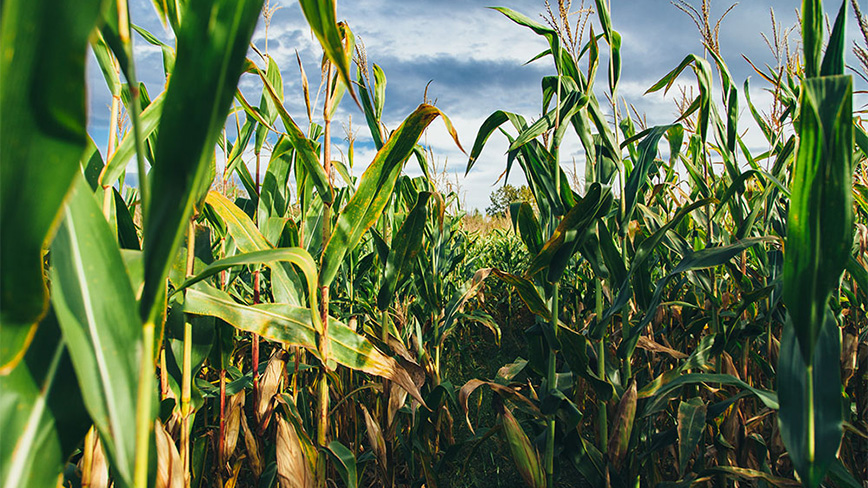Hydrogel based on food waste can protect the colon

A third of the raw material used in global food production is wasted each year. Researchers at KTH have found a new use for the part of the food that would otherwise be wasted. The invention is a gel based on corn fibers that could, among other things, be included in food and protect the colon against inflammation.
Globally, approximately 38 percent of all produced food goes to waste each year, considering the food's entire life cycle. This is far from sustainable as food waste accounts for 8 to 10 percent of global greenhouse gas emissions.
A protective effect
The researchers from KTH have looked more closely at the part involving corn. Maize is the largest cereal in global food production, with 1,200 million tons produced annually. When the corn is ground in the production of various foods, different by-products arise, such as insoluble fibres.
It is these fibers that the KTH researchers have used. Francisco Javier Vilaplana Domingo, associate professor in the Department of Glycoscience at KTH, says that the fibers pass through the human stomach unaffected but can be useful in the intestines where they exhibit prebiotic properties that favor good bacteria.
“We have created antioxidant hydrogels by using these corn fibers. In in vitro studies, we have then shown that the gels have a protective effect on human intestinal cells when it comes to oxidative stress,” says Francisco Javier Vilaplana Domingo.
Bioactive food
The hydrogels that the researchers produced could also be used to help healing wounds, as they will counteract oxidative stress in an early phase of inflammation and thus contribute to the healing process. Furthermore, the gels could be an ingredient in bioactive food given the prebiotic potential, thus improving the gut health of people who need it.
According to Francisco Javier Vilaplana Domingo, the hydrogels have very good mechanical stability and texture through so-called "enzymatic coupling", properties of the gel at the nanometer level studied in the synchrotron light facility MAX IV laboratory. Enzymatic coupling is a form of biocatalysis that uses enzymes to carry out chemical reactions at mild temperatures without using hazardous chemicals.
Text: Peter Ardell
For more information, contact Francisco Javier Vilaplana Domingo on 070 - 166 74 17 or franvila@kth.se .
